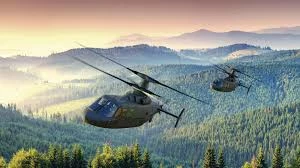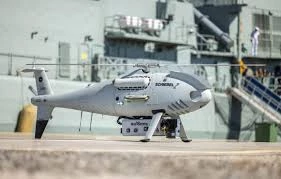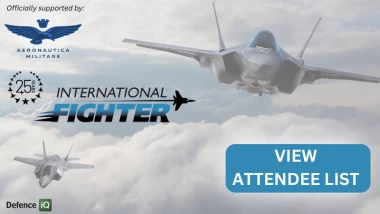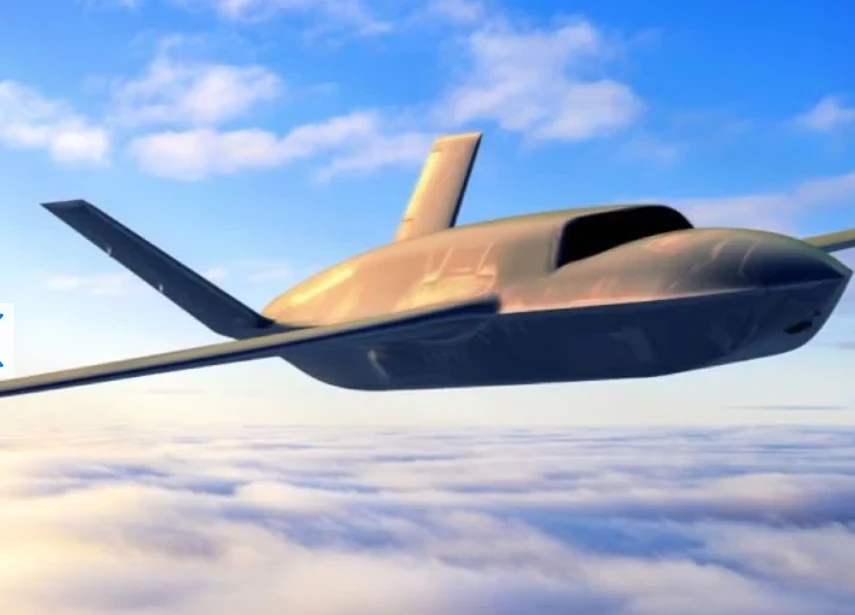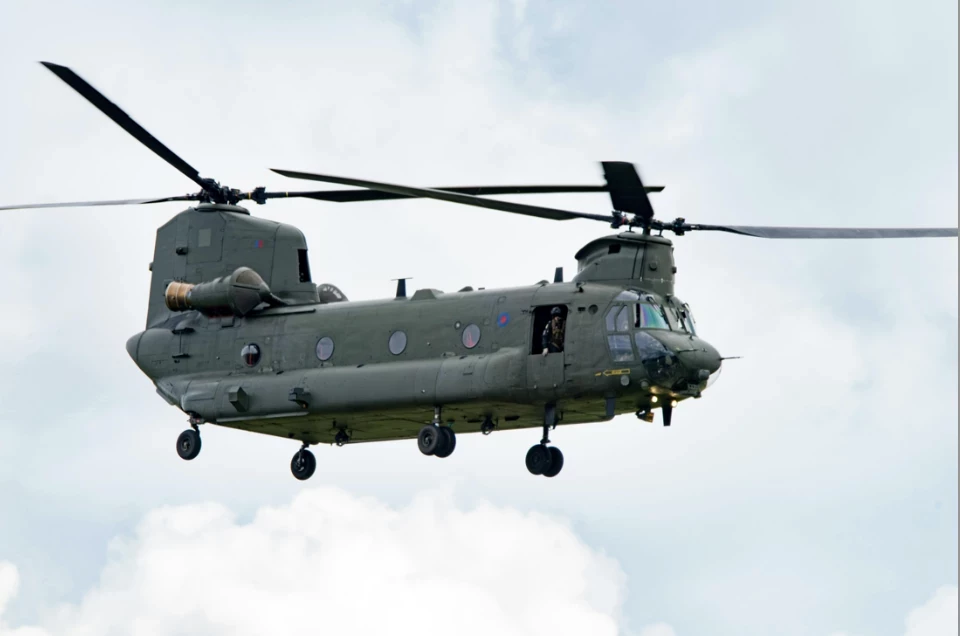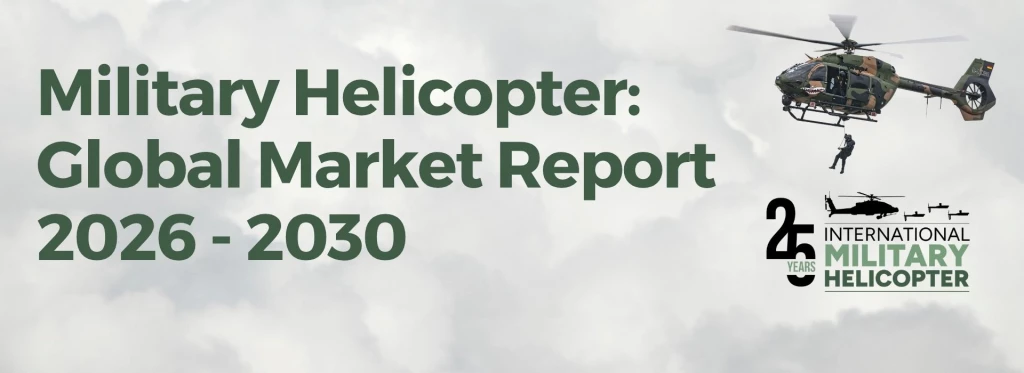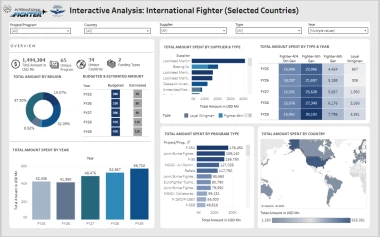Buy new or upgrade? Maintaining IAF's qualitative edge in the Middle East
Add bookmark
Upgrade is a very commonly used buzz word among armed forces. This word has in fact two meanings and it is very interesting to look at them through the eyes of the Israeli Defence Force. One meaning is the upgrade of existing platforms like combat aircraft that have been in service for years. The other meaning deals with the upgrade of capability through acqusition of top of the line platforms like the F-35.
The question of whether to buy a new combat aircraft or upgrade one that is in the inventory of an airforce, is becoming more acute. This for two main reasons - the price of new fighter aircraft and the fact that the difference in combat capabilities, is made by the systems not the airframe.
In Israel, this issue is now on the table, because of different views about the operational requirements of the Israeli airforce. Some in the highest command, are confident that Israel needs more Lockheed Martin F-35 stealth fighters, while others claim that the need is for the new versions of the Boeing F-15IA (Israeli advanced) which is similar to the x version. It seems now that both will be purchased. Israel already operates the F-35, but the IAF wants more than the 50 included in the signed contract.
Should the F-15 be selected the IAF plans to upgrade its existing fleet of F-15 to the same avionic level of the IA.
This dilemma will be decided in the near future by the IDF, but it is a common challenge faced by many air forces - purchase new very expensive fighter aircraft or upgrade those in service.
And when it comes to upgrades, Israel has some industry solutions that are being taken into account ahead of the decision which will be taken shortly by the air force.
Rafael has recently presented a concept that according to the Israeli company, can upgrade a 4 generation fighter aircraft into what may be described as a 4.5 generation standard by upgrading its weapon systems.
According to a Rafael senior official recently the Indian airforce has begun to deploy the Rafael BNET software defined radio on its combat aircraft:
"The country has procured as many as 1000 systems. Local production is expected to begin before the end of the year".
In addition to the Indian LCA , the Swedish Grippen is also a platform that may be selected by the manufacturer or by users to carry the proposed Rafael advanced 4.5 generation suite.
Armed forces that operate utility helicopters and want to give them a combat capability, are showing interest in another Rafael upgrade plan, this time for helicopters. The plan is to equip utility helicopters with Standoff Precision Guided weapons, in that case the company's Spike missiles.
Israel aerospace industries (IAI) is producing a huge variety of combat related systems. But this company has also identified the need of armed forces to extend the service life of some systems.
The Lahav division IAI has developed life extension programs for a number of widely used helicopters. The first offered program is an upgrade of the UH-60 Black Hawk helicopter. Negotiations are in progress with some operators. The upgrade will include structural upgrades and the installation of a new avionic suit found in very advanced helicopters .
One of the most successful upgrades performed by IAI, is based on the Kfir combat fighter aircraft that was made by the company.
The Kfir is an Israeli-built all-weather, multirole combat aircraft based on a modified French Dassault Mirage 5 airframe, with Israeli avionics.

It served for more than 40 years in the Israeli airforce and was exported to some countries. The basic design was upgraded but the most important upgrade program is the one that brought the old aircraft to the Block 60 status. IAI has upgraded the Kfir fighter aircraft of the Colombian airforce to the latest C-60 version. The new level of upgrade allows the Israeli made fighter aircraft to carry a large number of sensors and weapon systems.
The block 60 is offered by Israel aerospace industries (IAI) with J-79 engines with zero hours after a total overall and will need another one after 1600 flight hours.
The upgraded fighter carries an Elta 2032 AESA radar and has an open architecture that allows the customer to install other systems. The radar supports pulse doppler and two axes monopulse guard channel. This according to Elta, provides all aspect, look-down shoot-down performance, operating simultaneous multi-mode air-to-air superiority and advanced strike missions.
The radar is based on solid-state, active phase array technology that gives it a longer detection range, and a multi-target tracking capability of up to 64 targets.
So upgrades programs have become in many cases a good substitute for the purchase of a new fixed wing or rotorcraft. Israeli companies are developing more such systems. And sometimes the willing of a country to purchase upgraded fighter aircraft creates diplomatic wrestling between countries. This happened when Croatia agreed to purchase F-16 that were phased out by the Israeli airforce. The U.S objected.
A vey senior defence source said that the talks about the frozen deal may be resumed soon. "At this stage middle men are talking with all the relevant parties to pave the way for a new round of negotiations" the source said.
Maj. General (Res.) Miki Bar who was a commander of one of the IAF bases told Defence iQ that there is one principle that should be the basis for any upgrade:
"If the core avionic system of the platform can operate with the added systems then an upgrade is a good solution. It is not wise to install an advanced radar if the aircraft cannot carry advanced missiles"
And as mentioned before, sometimes an airforce wants to upgrade the most advanced platform. This is exactly what happens now in the IAF.
The Israeli air force recently received the special test F-35 TEST aircraft that was built by Lockheed Martin and it will be used to adapt the Israeli designed upgrades the are aimed at keeping the IAF's qualitative edge in the Middle East.












